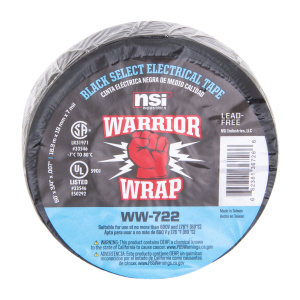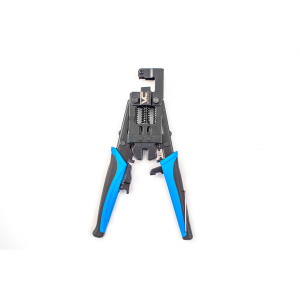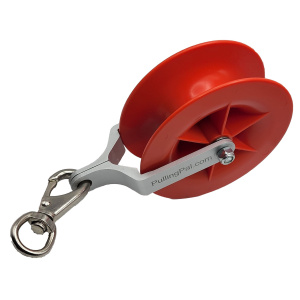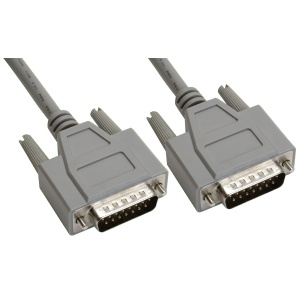Introduction
We’ve all heard the saying, “all that glitters is not gold.” Well, in the world of soldering, all that melts is not easily soldered. This ancient art of fusing metals together has its roots buried deep within the cradle of civilization. As the centuries rolled on, so too did the advancement in soldering techniques. Today, this craft forms the bedrock of many industries – electronics, jewelry, plumbing, and even automobile manufacturing. In this article, we’ll journey deep into the realm of Advanced Soldering Techniques, shedding light on the skills that separate the rookies from the pros. Buckle up, it’s time to turn up the heat.
Advanced Soldering Techniques: A Professional’s Guide
Just as a seasoned chef understands that the magic is in the minutiae – the way the ingredients are combined, the order they are added, and the temperature they’re cooked at – soldering, too, is a symphony of details. So, let’s dive into the nitty-gritty, the different advanced soldering techniques, and the professional’s guide to using them effectively.
Understanding the Soldering Iron: The Maestro’s Baton
Before you can write a symphony, you must first learn to play the instrument. In the world of soldering, your instrument is the soldering iron. Let’s explore some advanced soldering techniques related to using this tool more effectively.
Optimal Temperature Control: Dialing It Just Right
Getting the temperature just right is paramount to perfect soldering. Solder melts at a certain point, and keeping your iron within this sweet spot ensures a strong, clean joint. A too hot iron could damage the components, while a lukewarm one may not effectively melt the solder. The key to optimal temperature control? Know your solder, understand your iron, and practice, practice, practice.
Tip Maintenance: The Sharper, the Better
A well-maintained soldering iron tip can make your work a breeze. Regular cleaning and tinning prolong the life of the tip and prevent oxidization, ensuring a clean, efficient heat transfer. A dirty tip can lead to faulty joints and frustration. So remember, just as a knight takes care of his sword, a soldering professional keeps their iron in top shape.
Mastering Soldering Techniques: It’s All in the Wrist
Soldering is more than just heating and melting; it’s a dance that requires precision, timing, and finesse. Let’s take a look at some advanced soldering techniques that can make your work stand out.
The Drag Soldering Technique: A Swift Move
Drag soldering is a godsend for soldering small surface-mount components. The technique involves applying a blob of solder to the iron tip, placing it on the component’s pins, and swiftly dragging it across. Voila, your components are soldered in a jiffy. This technique requires a steady hand and timing, but once mastered, it’s a tremendous time-saver.
Selective Soldering: The Sniper’s Approach
Selective soldering is a method used when a specific part of a component needs to be soldered, avoiding heat damage to the surrounding areas. This technique often requires the use of specialized equipment and a deep understanding of heat transfer. But when done right, selective soldering can be a real lifesaver, especially in complex circuitry.
Choosing the Right Solder
Solder is more than just a glue that sticks components together; it’s the bridge that carries electrical signals across a circuit. Choosing the right solder for the job is as important as the soldering techniques you employ.
Lead vs. Lead-Free Solder: A Balancing Act
The choice between lead-based and lead-free solder is a heated debate. Lead-based solder has a lower melting point and is easier to work with, but it comes with health risks. On the other hand, lead-free solder is safer but requires a higher temperature to melt. The choice boils down to personal preference and application requirements.
Flux-Core Solder: A Little Help Goes a Long Way
Flux-core solder is a fantastic tool for both beginners and professionals alike. The flux helps clean the metal surfaces and improves the flow of the solder, leading to better, cleaner joints. Just remember to clean up after soldering, as leftover flux can corrode your work over time.
Frequently Asked Questions
How Do I Improve My Soldering Technique?
Improving your soldering technique requires patience, practice, and a willingness to learn. Start by mastering the basics, then gradually move on to more advanced techniques. Seek out advice from professionals and never shy away from experimenting with new methods.
What Are the Safety Precautions While Soldering?
Soldering involves high temperatures and potentially harmful materials. Always wear safety glasses, work in a well-ventilated area, and never touch the soldering iron’s tip. Make sure to wash your hands after soldering, especially if you’re using lead-based solder.
How Often Should I Clean My Soldering Iron Tip?
Ideally, clean your soldering iron tip after each use. Regular cleaning prevents oxidation and prolongs the tip’s life, leading to better soldering results.
Can I Solder Any Metal?
Not all metals can be soldered. Commonly soldered metals include gold, silver, copper, and brass. Metals like steel and aluminum require specialized soldering techniques.
What Is the Difference Between Welding and Soldering?
While both processes join metals, welding involves melting the base metals, whereas soldering melts a filler metal (solder) to bond the base metals.
What Are Some Advanced Soldering Techniques?
Advanced soldering techniques include drag soldering, selective soldering, wave soldering, reflow soldering, and more. Each technique is suited to specific applications and requires a certain skill set to execute effectively.
Conclusion
The path to mastering advanced soldering techniques is paved with patience, practice, and persistence. This guide provides you with the knowledge to get started, but the real learning begins when you pick up the soldering iron. So, gear up, solder on, and remember – in the world of soldering, even the smallest connection can make a big difference.












